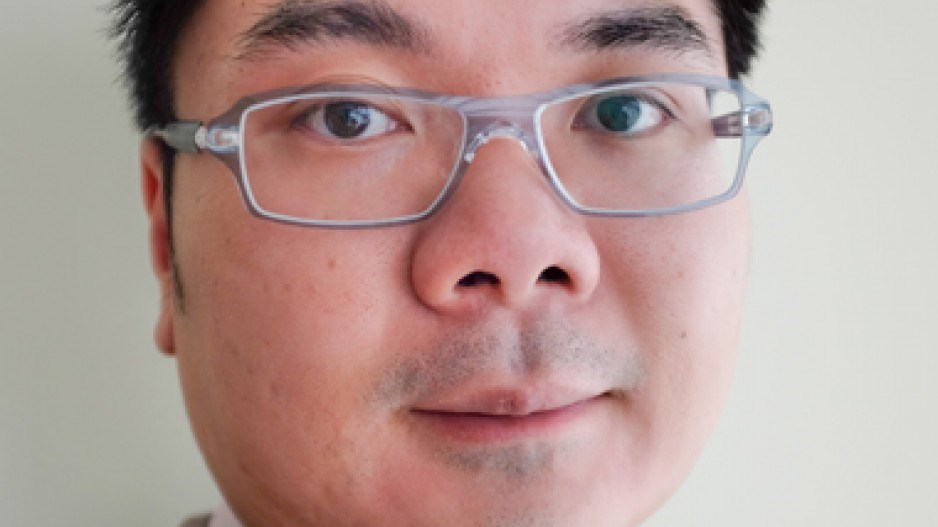Business in Vancouver's "How I Did It" feature asks business leaders to explain in their own words how they achieved a business goal in the face of significant entrepreneurial challenges. In this week's issue, psychiatrist Matthew Chow talks about how he worked to remove technical barriers and resistance from clinicians to expand the hospital's TeleMental Health Services program, which is increasing children and youth access to psychiatrists in remote areas of the province like the Nass Valley.
"When I was brought on board [of BC Children's Hospital], part of the task was to get the telehealth program moving again. I was hired because I had both the clinical background as well as an IT background.
"We looked at our statistics, and found Children's was doing a great job of serving people in the Lower Mainland. Although Children's has a mandate to serve the entire province, we found the majority of youth live in the Fraser Health Region and the North, but we were underserving those areas.
"Even in places like Abbotsford or South Surrey, coming in to see me means driving one, two, three hours. Technically, we have a universal health-care system, but if you live out there and you're paying the bridge toll on the Port Mann [Bridge] both ways, and have to pay for parking, and your mom is losing a full day's wages, it's a significant barrier.
"As far back as 2005, they were doing [teleconferencing]. We were doing it in fits and starts. Before I came on board, we had been stalled for a number of years. We were losing engagement among the clinicians. They weren't believing in telehealth, so I tried to re-engage physicians. I had workshops with them to teach them about the benefits of telehealth. And then what I did was I wrangled the technical issue.
"We had really flaky software and hardware that often broke down. So when we did have people brave enough to try telehealth, we had more than a 50% failure rate with the actual connections, so clinicians just gave up.
"We did some very fast piloting and then we decided on the Cisco TelePresence Movi system. It's an enterprise grade teleconferencing system. It's very secure.
"We do specialist consultation, family therapy, case conferences with community leaders, and we also do education for front-line clinical staff, as well as other people such as teachers. I'd say about half a dozen psychiatrists are using it regularly and a number of allied support staff. Social workers and nurses also use it.
"Right now, most patients travel to either a clinic that has this type of equipment installed or a hospital conference room. On my end, I just use a webcam through my standard desktop machine. [Patients] most often use a stand-alone telehealth unit. That's just a big TV screen with a camera on top that is controlled by remote.
"We do everything, from start to finish, via telehealth, especially for the very remote kids. Some of these kids, I've never seen in person. Convincing parents and families that this is a good idea can be a challenge, but children embrace the technology." •




